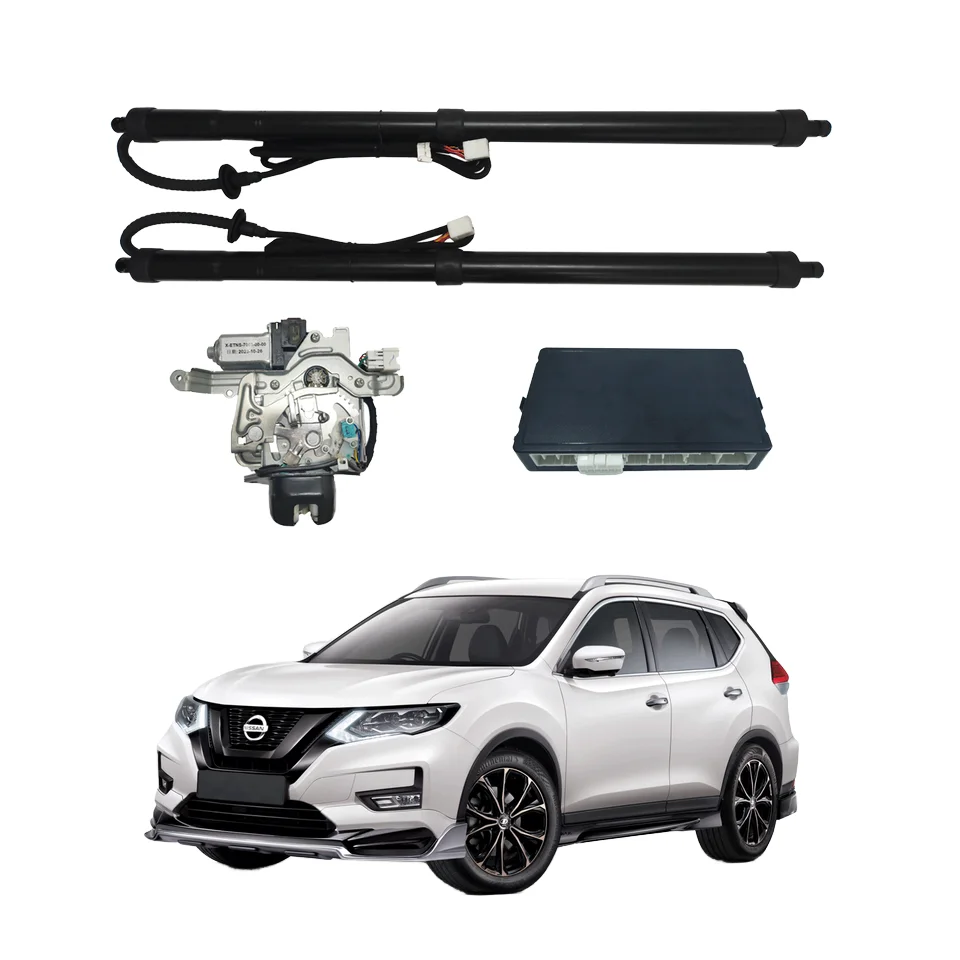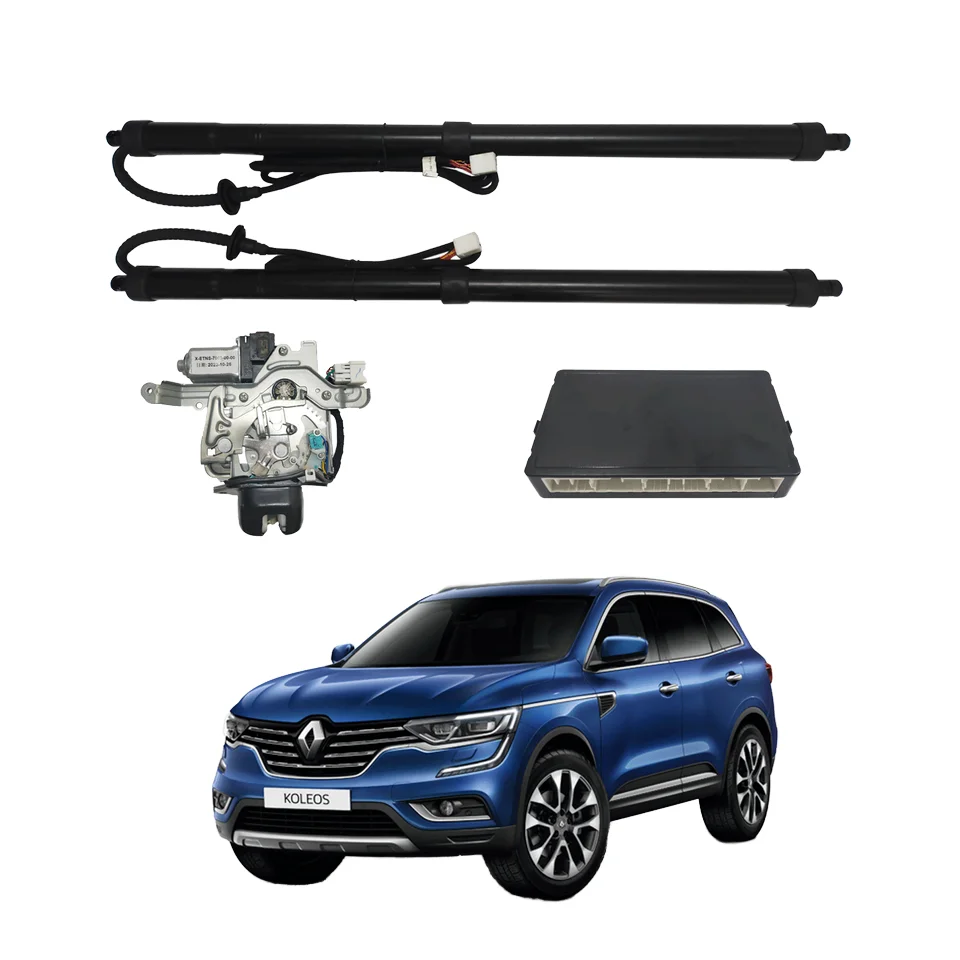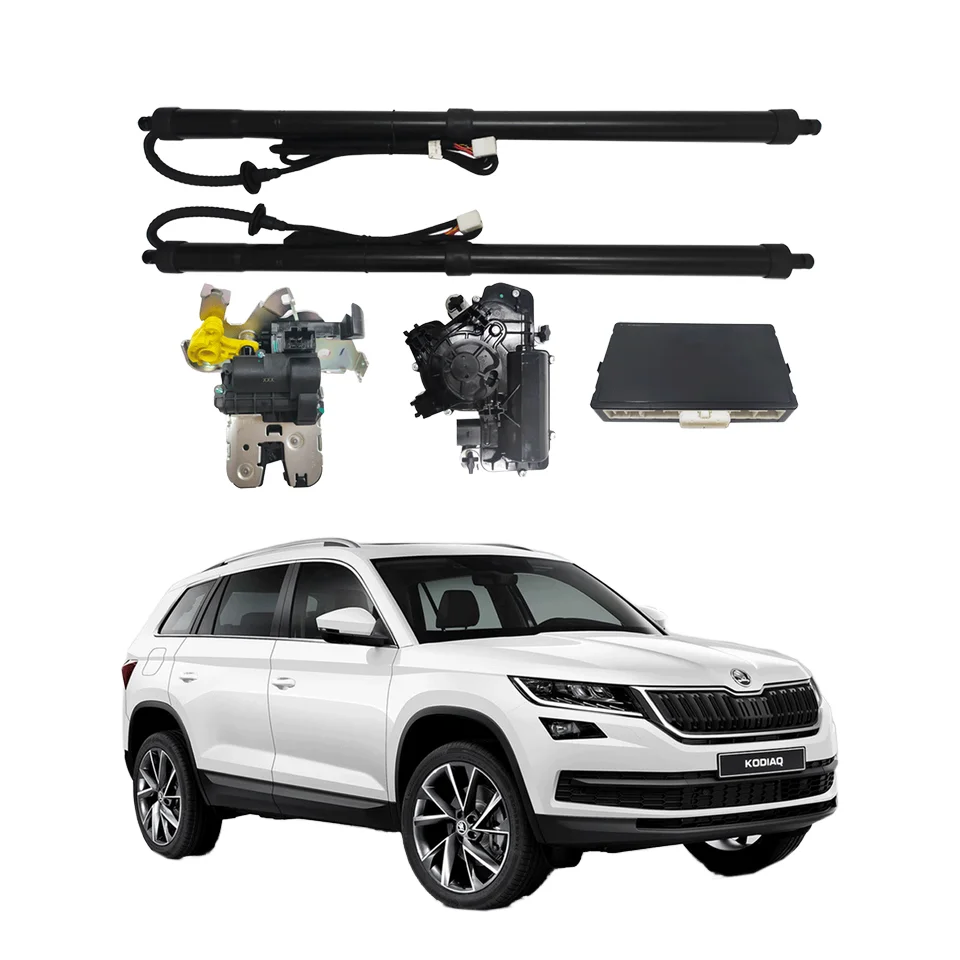Hands-free systems are a pivotal advancement in modern vehicles, providing enhanced convenience through automatic tailgate operation. These systems incorporate a synergy of advanced components such as sensors, motors, and control units. Sensors detect the proximity of a key or foot movement, signaling the control unit to activate the motor which, in turn, opens or closes the tailgate. The integration of these components facilitates a seamless, touch-free experience, eliminating the need for physical contact, which is especially beneficial when carrying multiple items or managing crowded spaces. This technology not only improves user experience but also reflects the growing trend towards automation in the automotive industry.
Sensor technology is at the heart of smart tailgate systems and plays a crucial role in their automation capabilities. Proximity sensors and motion detectors are commonly used to detect objects or movements near the tailgate, triggering automated responses. This automation enhances safety by preventing accidental closures and allows for more efficient cargo management. Continuous advancements in sensor technology have significantly improved the reliability and user-friendliness of these systems over time. As sensors become more sophisticated, the smart tailgates in modern vehicles offer an increasingly intuitive and convenient user experience, highlighting the importance of integrating advanced technology in automotive design.
Power liftgates are equipped with various hands-free activation methods that enhance user convenience, especially in urban environments. Users can open their liftgates using foot-activated sensors, which are typically located beneath the rear bumper. This feature is particularly beneficial for individuals with their hands full. Alternatively, smartphone apps provide another level of convenience, enabling remote control of the liftgate. According to recent consumer surveys, satisfaction rates are notably high among users of these features. Many appreciate the ease and accessibility afforded by these technological advancements, underscoring the utility of hands-free activation in modern vehicles.
Safety is paramount in modern power liftgates, with anti-pinch technology being a critical component. This feature prevents injuries by stopping and reversing the liftgate if an obstruction is detected. To ensure reliability, these mechanisms undergo rigorous testing for failure rates in various scenarios. Automotive regulatory bodies demand high safety standards, and modern liftgates must comply with these regulations before hitting the market. These stringent standards ensure that power liftgates offer a safe and dependable user experience, preventing possible hazards that might otherwise compromise vehicle safety.
Customizable height settings in power liftgates offer tailored convenience for users with varying needs and parking constraints. By allowing adjustment of the liftgate's opening height, these settings are particularly useful for shorter individuals or those with tight garage spaces. Most modern vehicles now include user-friendly interfaces to easily configure these settings, enhancing the overall user experience. Data indicates that a significant percentage of new vehicle models come equipped with height adjustment features, highlighting a trend towards increased personalization in automotive design. This adaptability not only reflects consumer demands but also illustrates the industry's commitment to enhancing vehicle accessibility and functionality.
Auto tailgate systems are revolutionizing cargo access, particularly in bustling urban environments where space is often limited. These systems allow drivers to effortlessly open and close their car's boot without manually handling the door, which is a boon when maneuvering in tight parking spaces. The convenience of this technology is particularly evident for urban dwellers with hectic schedules. By allowing users to access their vehicle's storage easily and quickly, these systems save valuable time. For instance, testimonials from city commuters frequently highlight reduced stress levels and enhanced efficiency when loading groceries, luggage, or packages in crowded settings. Notably, urban transportation studies emphasize the challenge of tight spaces and how smart-tailgate solutions are alleviating these issues by enhancing accessibility.
Weather-resistant features in automatic tailgate systems are crucial for ensuring consistent performance under various climatic conditions. These systems are constructed using durable materials that withstand extremes of temperature, moisture, and exposure to sunlight, making them reliable across a variety of weather scenarios. The rigorous testing standards for weather resistance include simulations of harsh conditions to guarantee that the tailgate will operate smoothly no matter the forecast. Customer satisfaction surveys reveal that users place great importance on the reliability of these systems, with high ratings for performance in adverse weather conditions. Such resilience not only enhances the user experience but also extends the lifespan of the tailgate system, making it a valuable investment for those living in unpredictable climates.
Offering easy self-installation, the Corepine smart electric tailgate for the Nissan X-Trail is user-friendly and comes with thorough documentation to guide users through the process.
A 3-year warranty ensures customers a worry-free ownership experience, affirming the quality and reliability of Corepine products. Users have expressed satisfaction with both the installation process and the subsequent support provided, making this product a dependable choice for upgrading your vehicle's tailgate system.

Corepine's electric tailgate solution for the Renault Koleos embodies precision engineering through the use of high-quality materials and advanced technology. This results in exceptional craftsmanship and reliable performance.
The durability of these tailgates is validated by extensive testing in real-world scenarios to ensure they withstand regular use without compromise. Automotive experts acknowledge how tailored engineering has led to groundbreaking advancements in the functionality and resilience of tailgate systems for the Renault Koleos.

The Skoda Kodiaq electric tailgate from Corepine is rigorously tested to meet a 100,000-cycle reliability standard, ensuring durable functionality over long-term use.
Technological innovations incorporated into this system provide consistent performance and reliability, even under frequent operation. User testimonials praise the product's unwavering performance over extensive usage periods, emphasizing the peace of mind that comes with investing in a high-quality electric tailgate solution.

Retrofit kits and factory-installed systems offer distinct advantages and drawbacks when integrating aftermarket power tailgates. Retrofit kits are praised for their affordability, allowing you to upgrade your vehicle without the steep costs associated with factory-installed systems. They are relatively easy to install, often coming with detailed manuals and support, making them accessible even for DIY enthusiasts. However, factory-installed systems boast seamless integration, offering optimum performance and reliability but at a higher price point.
Statistics in the aftermarket segment reveal that retrofit kits are gaining popularity due to their cost-effectiveness, with many owners choosing them to enhance their vehicles' capabilities without breaking the bank.
Compatibility is a crucial aspect when considering aftermarket power tailgate integrations. Not all kits fit seamlessly across various vehicle models, leading to potential issues. Certain models are notoriously difficult to equip with aftermarket solutions, including those with unusual design specifications or unique electrical systems. When selecting a suitable aftermarket solution, it is essential to:
For example, common pitfalls include ignoring the manufacturer's guidelines or failing to account for unique features present in your vehicle model. Conduct thorough checks upfront to ensure a smooth installation and operation process, minimizing future complications or frustrations arising from compatibility challenges.